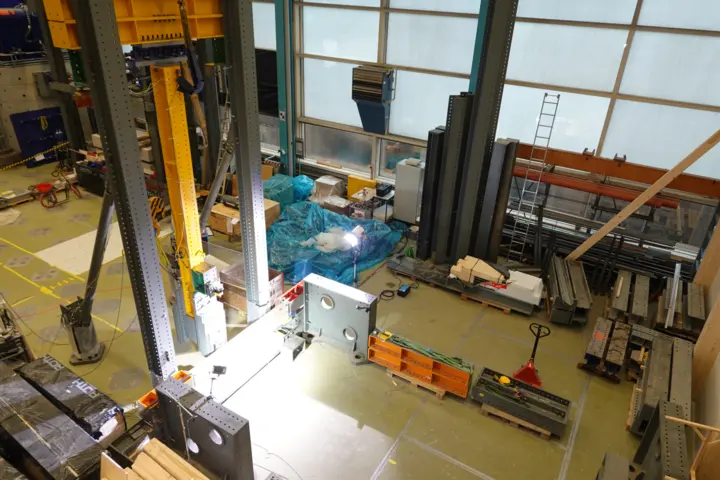Timber structures have been experiencing a comeback in recent years. For centuries, they were banned from cities – but thanks to improved fire protection methods, this is no longer the case. Also, houses built of timber offer large-scale potential for use as a carbon sink to reduce the greenhouse effect, because 1 m3 of timber stores about one metric ton of CO2. However, knowledge about timber as a building material is lagging behind expertise in materials such as steel and reinforced concrete which have dominated construction since the 19th century.
Nevertheless, there has been a long tradition of building with timber. The use of wood for housing as well as religious buildings dates back many hundreds of years, and some wooden pagodas built in Asia during the seventh or eighth centuries are still standing today. Activity in the timber construction industry is on the increase throughout the world, but the main hub for timber structures in recent years has been Europe – with a particular focus on the German-speaking countries and Scandinavia, where established design guidelines and value chains are in place. At ETH Zurich in Switzerland, the team of the Chair of Timber Structures at the Institute of Structural Engineering (IBK) undertakes research into tall timber buildings, fire protection, timber-concrete composite structures, and robustness; some of these studies are carried out in collaboration with industry partners.





![[object Object] The force sensors feature a very compact design, high stiffness and low threshold, and 2 calibrated measuring ranges.](https://kistler.cdn.celum.cloud/SAPCommerce_CMSGalleryPreview_96x64/9051C.webp)

![[object Object] [object Object]](https://kistler.cdn.celum.cloud/SAPCommerce_CMSTeaser_560x375/936-370.webp)
![ETH Zurich researchers opt for Kistler sensors for impact loading tests [object Object]](https://kistler.cdn.celum.cloud/SAPCommerce_Document_Preview/961-973e.webp)